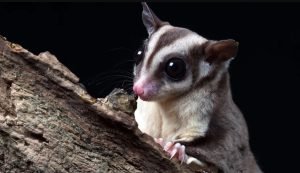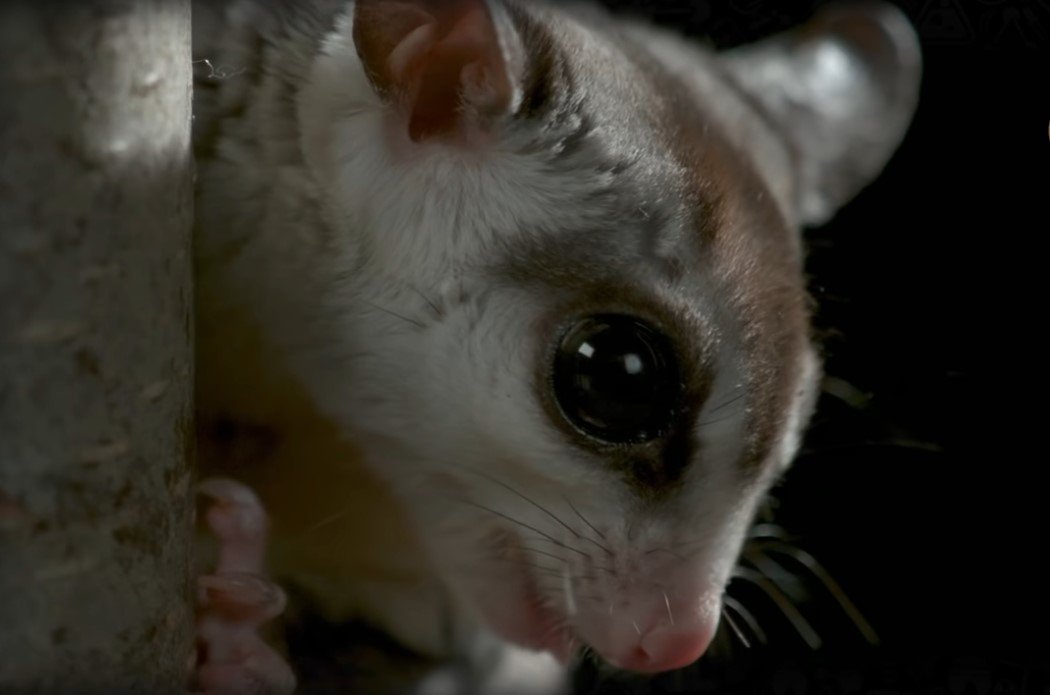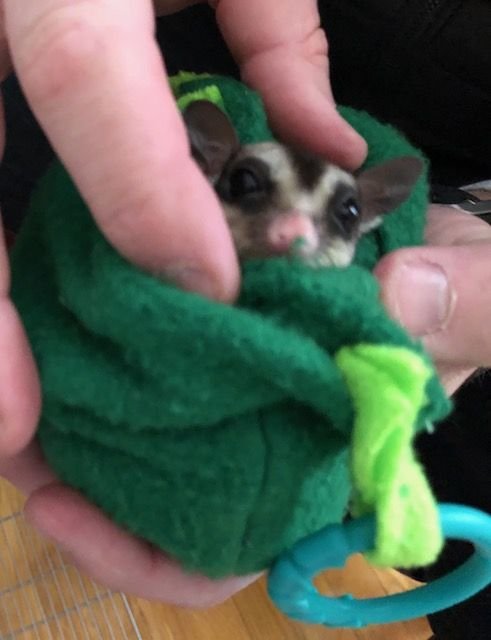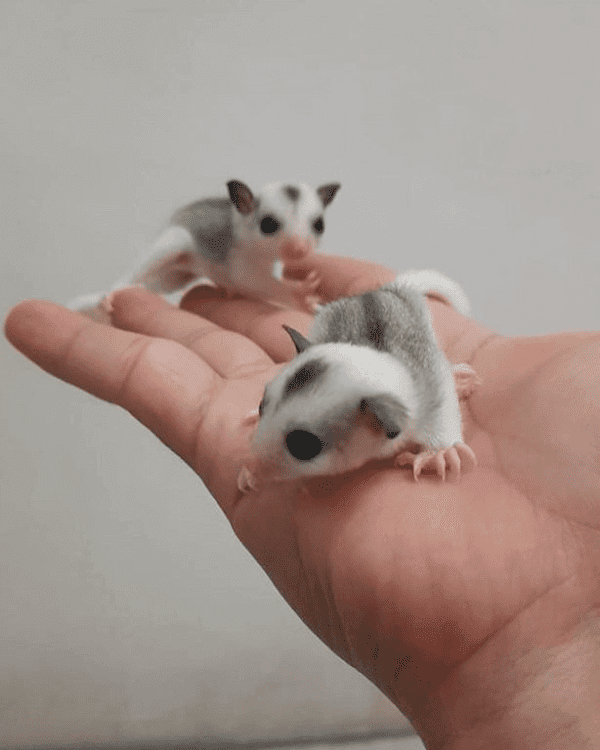Are Sugar Gliders Nocturnal
Are sugar gliders nocturnal?
Yes, sugar gliders are indeed nocturnal creatures. They are primarily active during the night and sleep during the day. This unique feature sets them apart from many other pets that are active during the daylight hours. In this article, we will delve deeper into the nocturnal nature of sugar gliders and explore the reasons behind their behavior.
The Nocturnal Lifestyle of Sugar Gliders
1. Natural Habitat
Sugar gliders are native to the forests of Australia, Indonesia, and Papua New Guinea. These regions are teeming with lush vegetation, which provides the perfect environment for these small marsupials to thrive. The darkness of the forests during the night creates an ideal setting for sugar gliders to venture out in search of food, socialization, and mating opportunities.
2. Adaptation to Nighttime Activity
Over time, sugar gliders have evolved to become excellent navigators in the dark. Their large, bulging eyes allow for better vision in low light conditions, while their sharp claws and nimble limbs help them move swiftly through the trees. They also have a membrane of skin, called a patagium, that stretches between their wrists and ankles, allowing them to glide from tree to tree with ease in the moonlit night.+

3. Feeding Habits
Sugar gliders have a unique diet that consists primarily of nectar, tree sap, fruits, insects, and small vertebrates. Many of their preferred food sources are abundant during the night, such as the sweet nectar found in flowers. By being active at night, sugar gliders can take full advantage of these resources, ensuring they have a steady supply of food to meet their dietary needs.
4. Social Interaction
Sugar gliders are highly social animals that live in colonies known as “colonies.” These colonies consist of a dominant male, several female gliders, and their offspring. Colony members engage in social activities, such as grooming each other and playing, during the night. By being nocturnal, sugar gliders can form strong social bonds and communicate effectively with their fellow colony members.
Frequently Asked Questions
Q: Can sugar gliders adjust to a diurnal schedule?
A: While sugar gliders are naturally nocturnal, they can adapt to a diurnal schedule to some extent. However, it is important to note that their biological clock is wired for nighttime activity. If you choose to keep sugar gliders as pets and attempt to adjust their schedule, it may affect their overall health and well-being.
Q: Do sugar gliders need darkness to thrive?
A: Sugar gliders are accustomed to darkness and dim light conditions due to their nocturnal lifestyle. While they may tolerate some light during their sleep periods, it is best to provide them with a dark and quiet environment during the day to promote their natural behavior and ensure they get adequate rest.
Q: How can I best care for my sugar glider’s nocturnal needs?
A: To provide the best care for your sugar glider, it is crucial to understand and respect their nocturnal nature. This includes providing appropriate housing with places for them to hide and sleep during the day, as well as offering a variety of nutritious foods that mimic their natural diet. Additionally, providing plenty of opportunities for socialization during their active hours is essential for their overall well-being.
Final Thoughts
Sugar gliders are fascinating creatures with unique behaviors, and their nocturnal nature is a defining characteristic. Understanding and accommodating their nighttime activity is essential for anyone considering sugar gliders as pets. By providing them with the proper environment, diet, and social interaction during their active hours, you can ensure that your sugar glider remains healthy, happy, and true to their natural instincts.







